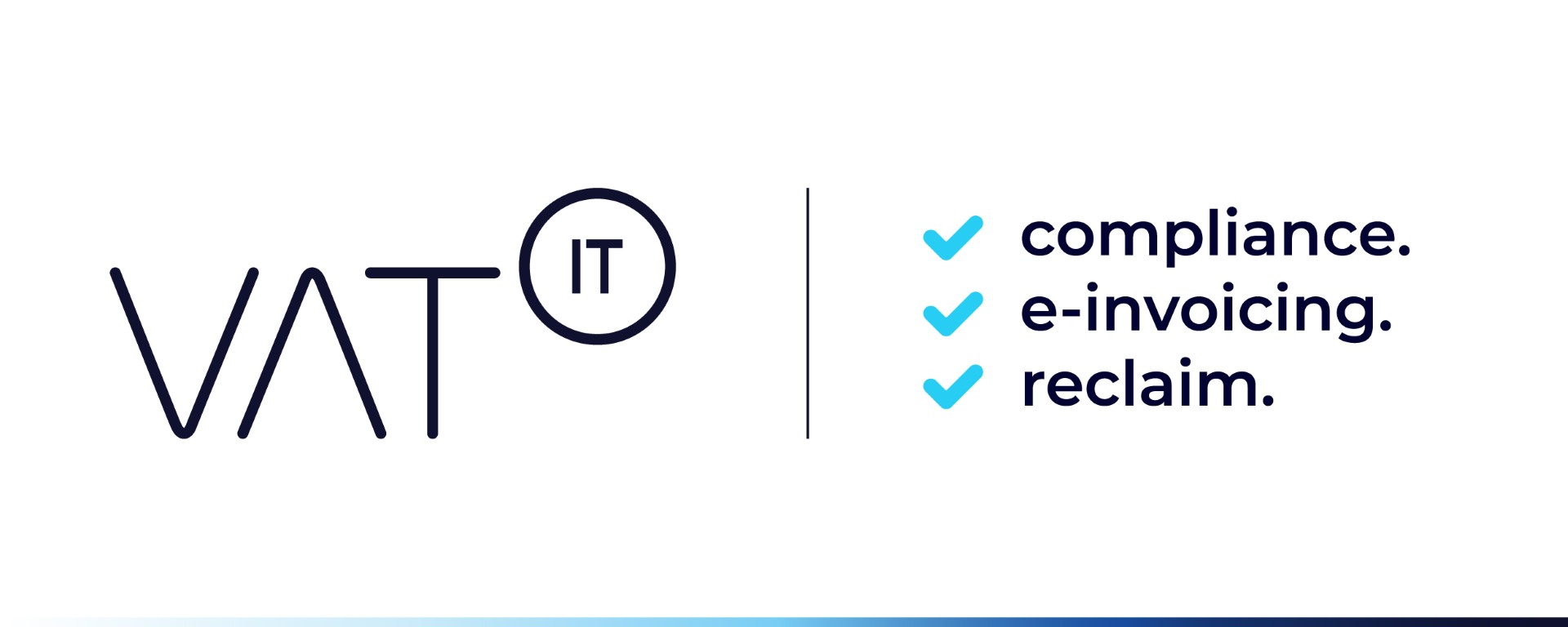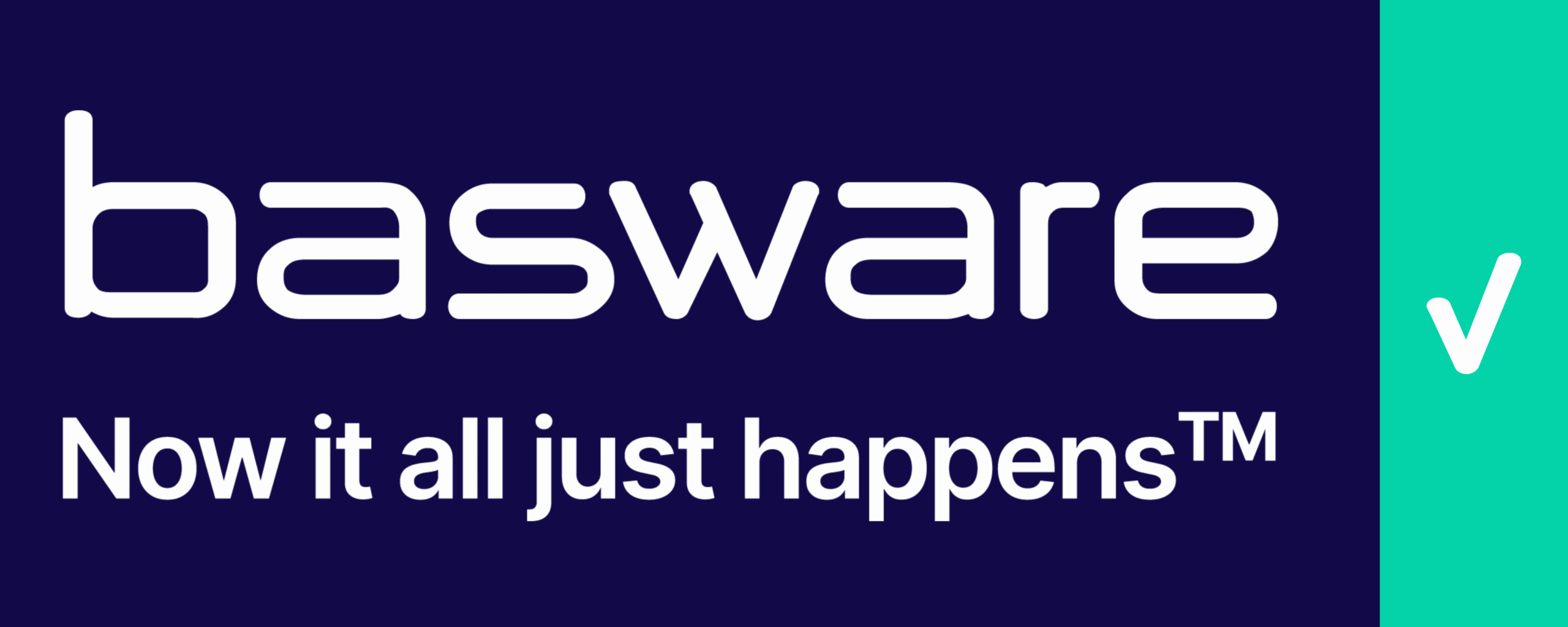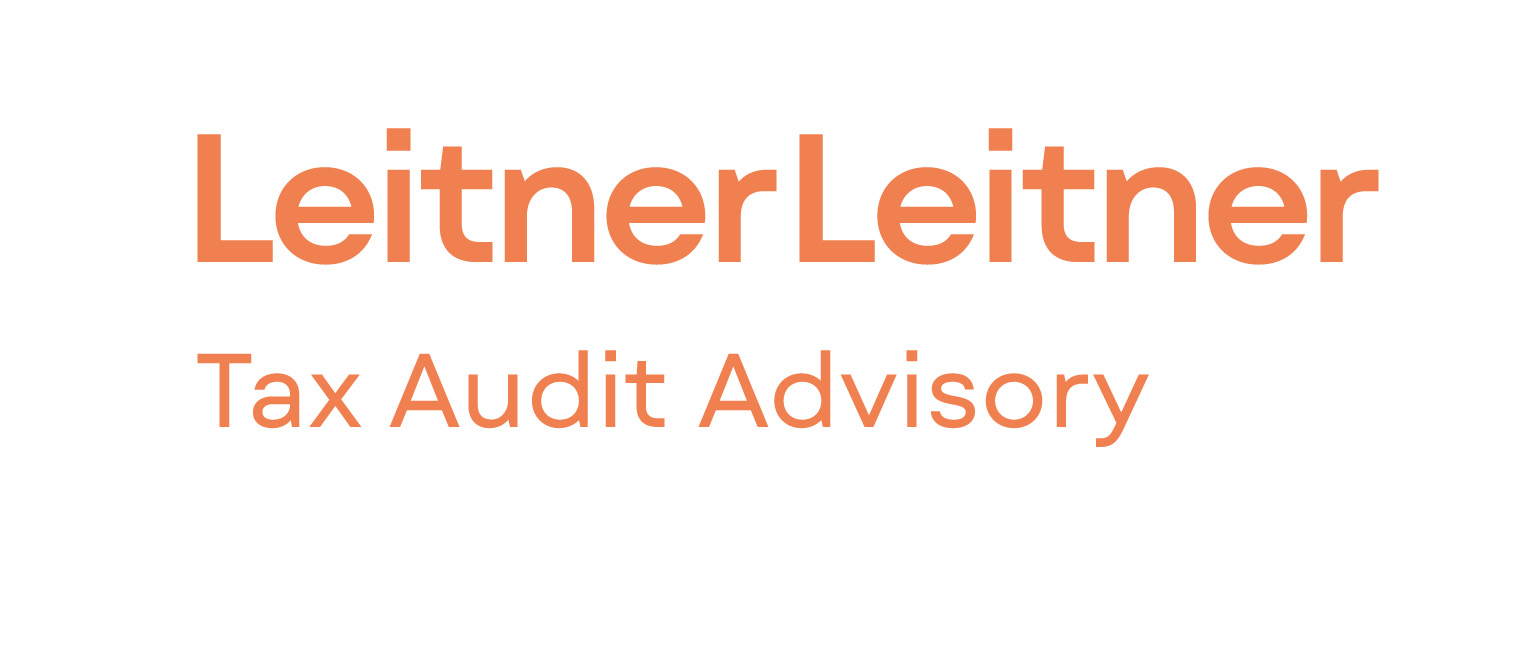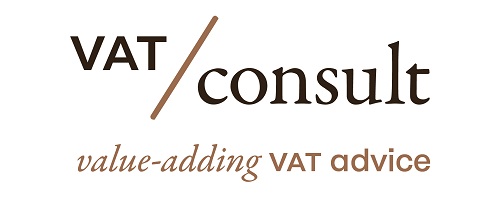On March 13, 2008, the ECJ issued its decision in the case C-437/06 (Securenta). This case is a bout a Taxable person who simultaneously carries out, taxed or exempt, economic activities and non-economic activities and whether there is a Right to deduct input tax paid.
Context: Sixth VAT Directive – Taxable person simultaneously carrying out economic activities, taxable or exempt, and non-economic activities – Right to deduct input VAT – Expenditure connected with the issue of shares and atypical silent partnerships – Apportionment of input VAT according to the economic nature of the activity – Calculation of the deductible proportion
Summary
- Case Background: The case involves Securenta Göttinger Immobilienanlagen und Vermögensmanagement AG and the Finanzamt Göttingen regarding the right to deduct input VAT related to expenditures from issuing shares and atypical silent partnerships while engaging in both economic and non-economic activities.
- Key Questions: The court was asked whether the right to deduct input VAT should be determined based on the proportion of taxable versus exempt transactions or solely on the attribution of expenditures to economic activities, and whether apportionment should follow an investment or transaction formula.
- Court’s Decision: The Court ruled that input VAT deduction for expenditures connected to share issuance and silent partnerships is permissible only to the extent that these expenditures are attributable to the taxpayer’s economic activities as defined by the Sixth Directive.
- Justification for Decision: The Court emphasized that the right to deduct VAT is integral to the VAT system, ensuring that it applies only to economic activities. Expenditures linked to non-economic activities do not qualify for VAT deduction, and it is up to Member States to establish appropriate methods for apportioning VAT between economic and non-economic activities.
- Member States’ Discretion: The Court concluded that Member States have the discretion to choose the method for apportioning input VAT, as long as it aligns with the aims and logic of the Sixth Directive, reflecting the actual attribution of expenditures to economic versus non-economic activities.
Article in the EU VAT Directive
Article 2 of the Sixth Directive provides:
‘The following shall be subject to value added tax:
1. the supply of goods or services effected for consideration within the territory of the country by a taxable person acting as such;
Facts
- Securenta’s activities in the financial year in dispute – 1994 – involved acquiring, managing and selling real estate, securities, financial holdings and investments of all types. Securenta acquired the capital necessary for this by means of the issue of shares and atypical silent partnerships. While offering shares for public subscription, it admitted a multitude of silent partners. The persons thus associated provided capital which the company reinvested.
- During 1994, Securenta carried out taxable transactions worth DEM 2 959 800. Securenta’s total turnover was DEM 6 480 006. That amount included dividend earnings of DEM 226 642 and earnings of DEM 1 389 930 from the sale of securities, giving a total of DEM 1 616 572. Out of input tax totalling DEM 6 838 535, the greater part – DEM 6 161 679 – was not attributable to specific output transactions.
- In the administrative proceedings to determine Securenta’s fiscal obligations, Securenta stated that, as all the input VAT paid related to expenditure connected with the acquisition of new capital, it was deductible on the ground that the issue of shares was linked to the reinforcement of the company’s capital and that transaction had benefited the company’s economic activity in general.
- The Finanzamt refused deduction of the input tax relating to expenditure connected with the issue of atypical silent partnerships (DEM 4 171 424), as well as the input tax relating to expenditure connected with Securenta’s leasing transactions (DEM 676 856). According to the Finanzamt, input tax not attributable to specific output transactions remained in the amount of DEM 1 990 254. Of this the Finanzamt allowed a right of deduction in respect of the proportion calculated in accordance with a formula of approximately 45% – based on the application of a criterion linked to the size of the investments made – resulting in deductible input tax in the amount of DEM 1 567 616 and a refund for the 1994 financial year of DEM 1 123 647.
Questions
AG Opinion
(1) Where a taxable person simultaneously engages in an economic activity and a non-economic activity, the deduction of input tax on the expenditure connected with the issue of shares or silent partnerships is allowed only to the extent that that expenditure is correctly to be attributed to that person’s economic activity within the meaning of Article 2(1) of Directive 77/388/EEC.
(2) The method of apportionment of the input tax between economic activities and non-economic activities is a matter which lies within the discretion of the Member States. When exercising that discretion, the Member States must ensure, in particular, that the principle of fiscal neutrality is respected.
Decision
1. Where a taxpayer simultaneously carries out economic activities, taxed or exempt, and non-economic activities outside the scope of Sixth Council Directive 77/388/EEC of 17 May 1977 on the harmonisation of the laws of the Member States relating to turnover taxes – Common system of value added tax: uniform basis of assessment, deduction of the VAT relating to expenditure connected with the issue of shares and atypical silent partnerships is allowed only to the extent that that expenditure is attributable to the taxpayer’s economic activity within the meaning of Article 2(1) of that directive.
2. The determination of the methods and criteria for apportioning input VAT between economic and non-economic activities within the meaning of the Sixth Directive is in the discretion of the Member States who, when exercising that discretion, must have regard to the aims and broad logic of that directive and, on that basis, provide for a method of calculation which objectively reflects the part of the input expenditure actually to be attributed, respectively, to those two types of activity.
Personal comments/VATupdate
Taxable person who simultaneously carries out, taxed or exempt, economic activities and non-economic activities – Right to deduct input tax paid
Where a taxable person carries out both economic – taxed or exempt – activities and non-economic activities, which fall outside the scope of the Sixth Directive , the VAT on the costs associated with the issue of shares and atypical silent participations is only deductible to the extent that these costs attributable to the economic activity of the taxable person within the meaning of Article 2 (1) of this Directive.
The determination of the methods and criteria for apportioning the input tax paid between economic and non-economic activities within the meaning of the Sixth Directive falls within the discretion of the Member States, which, when exercising that power, must take into account the purpose and the system of this Directive and thereby determine a calculation method that objectively reflects what part of the costs incurred at an earlier stage can actually be attributed to each of these two activities.
Source
Reference to other ECJ cases in the Decision
- Case C‑62/93 BP Supergas v Greek State – This case is cited to emphasize that the right to deduct VAT is an integral part of the VAT scheme, which should not be limited and must be exercised immediately concerning all taxes charged on transactions relating to inputs.
- Joined Cases C‑110/98 to C‑147/98 Gabalfrisa and Others v Agencia Estatal de Administración Tributaria – This case is referenced to illustrate that the rules governing VAT deductions aim to relieve traders of the VAT burden on all their economic activities, ensuring complete neutrality of taxation.
- Case 268/83 Rompelman – The judgment highlights that the VAT system ensures neutrality for all economic activities, regardless of their purpose or results.
- Case C‑37/95 Ghent Coal Terminal – This case reinforces the point about the principles of VAT neutrality and the broad scope of activities covered under the VAT deduction scheme.
- Case C‑223/03 University of Huddersfield – Similar to the previous references, this case supports the argument that VAT deduction should apply to all economic activities.
- Case C‑408/98 Abbey National – This case is crucial in establishing that input VAT can only be deducted if the expenditure is part of the cost of output transactions that give rise to the right to deduct.
- Case C‑16/00 Cibo Participations – Cited to further clarify the conditions under which input VAT can be deducted, particularly in relation to expenditures connected to economic activities.
- Case C‑435/05 Investrand – Referenced to underline that for VAT deductions, the expenditure must have a direct and immediate link to the taxpayer’s economic activities.
- Case C‑72/05 Wollny – This case was used to explain that in the absence of specific guidance in the Sixth Directive, Member States must exercise their discretion in a way that aligns with the aims of the Directive and ensures proper calculations of VAT deductions.
How did countries implement the case?
Newsletters
- BTW jurisprudentie
- EFS – The untaxed grant and the influence on the (pre-) pro rata of a taxpayer
- Thesis – Subsidies and the degree of deduction within the VAT framework for both economic and non-economic activities
- Tiberghien (in Dutch)
- Join the Linkedin Group on ECJ/CJEU/General Court VAT Cases, click HERE
- VATupdate.com – Your FREE source of information on ECJ VAT Cases
Latest Posts in "European Union"
- Playing Music Without Required License Is a Taxable Service, Says Advocate General
- PEM Zone: Implementation Status and Legal Fragmentation of Revised Origin Rules from January 2026
- Innovative Customs Education Workshop Spurs Collaboration; Final Chance for Universities to Apply for EU Recognition
- Briefing documents & Podcasts: VAT concepts explained through ECJ/CJEU cases on Spotify
- Navigating VAT Exemptions: Recent ECJ Judgments and Their Implications for Intra-Community Transactions and Imports














